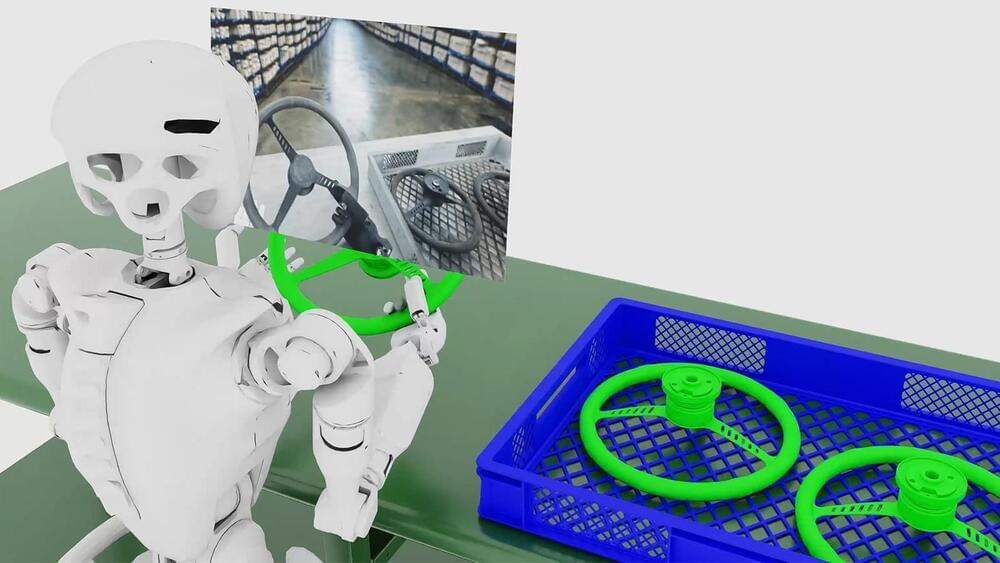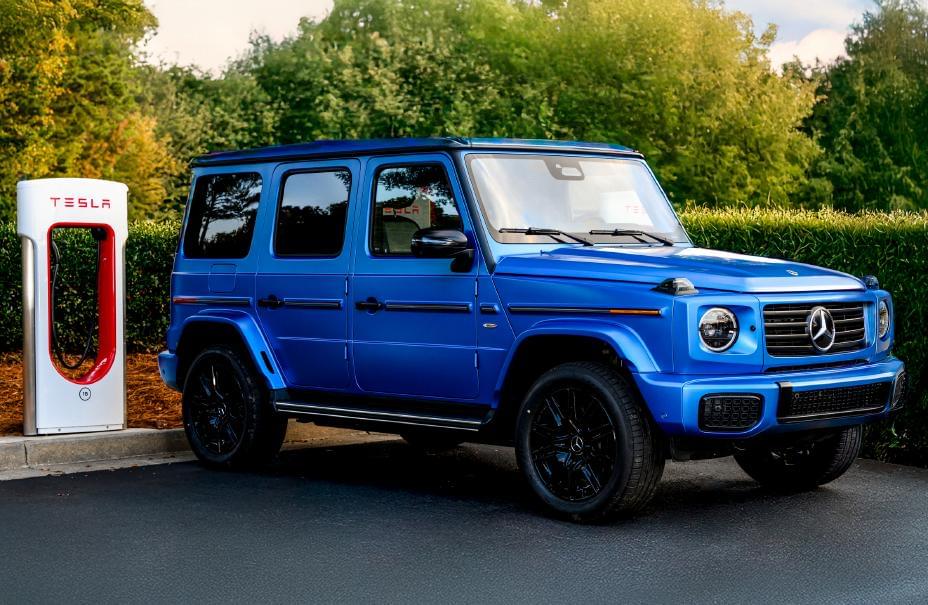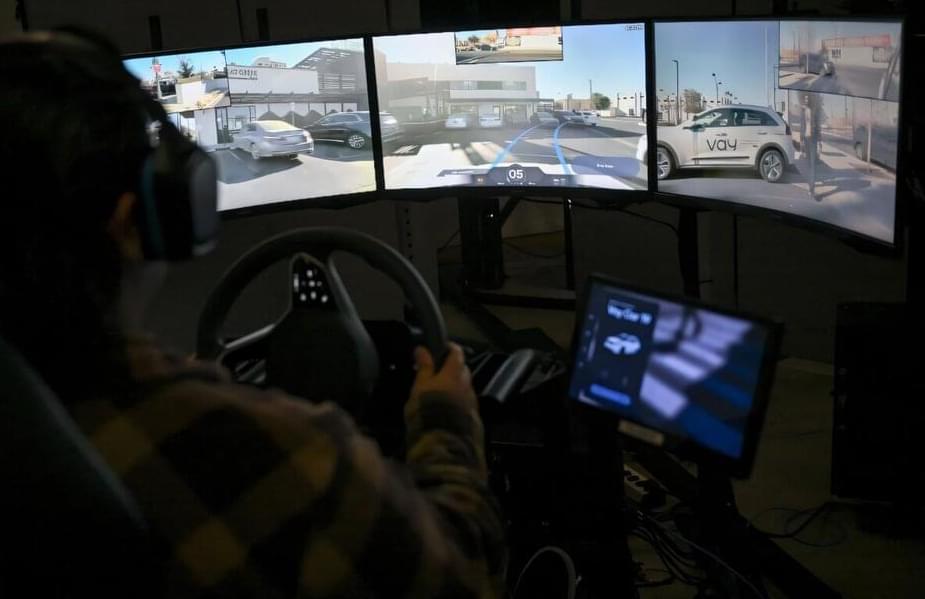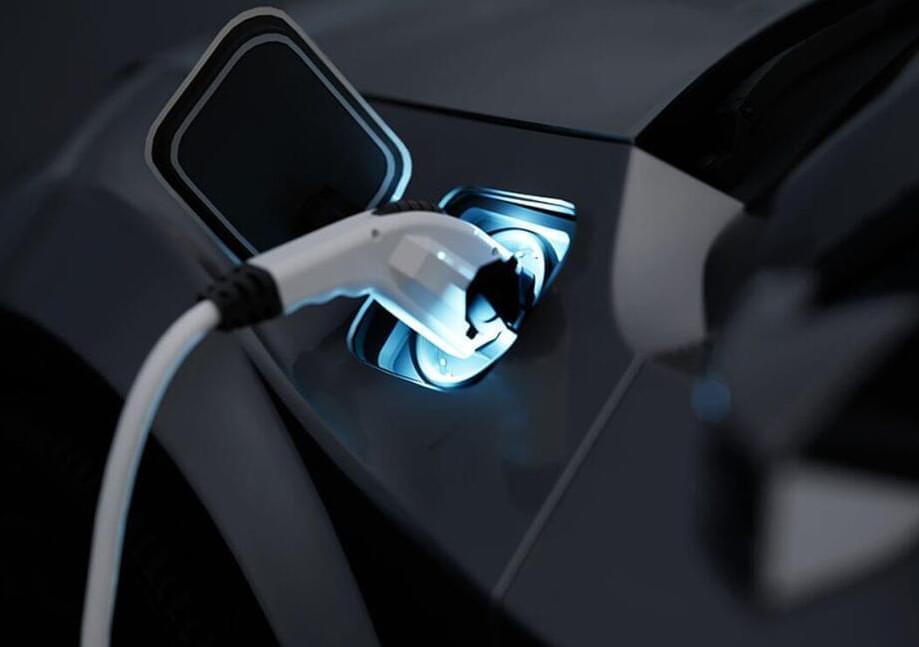A new type of passenger plane will adopt a design that blends wings into the aircraft’s body, which its creators say will cut fuel consumption by 50% and reduce noise.



Zeekr, Great Wall Motors and others have cars on sale right now that the rest of the industry is trying to “catch up” to. And CES is proof.

Tesla is set to enable Mercedes-Benz electric vehicle drivers to access its expansive Supercharging Network in February, the company confirmed today.
Mercedes-Benz becomes the latest of several OEMs to utilize Tesla’s massive EV charging infrastructure, something it opened to other brands starting early last year.
Drivers of the German automaker’s EVs will be able to plug in at any Tesla Supercharger in the United States starting in February. For now, only U.S. drivers will have access to charging stalls.

A German startup is pioneering remote driving technology, offering a unique alternative to autonomous vehicles. By utilizing human drivers operating from remote locations, the company provides cost-effective rides and vehicle delivery services. This innovative approach is gaining traction, with a growing fleet and thousands of completed rides.
With no one in the driver seat, the SUV pulling up resembles an autonomous robotaxi like those becoming increasingly present in some cities—but the car from German startup Vay is something else.
One of a number of emerging players aiming to disrupt road transportation, the seven-year-old company is built around remote driving, where a human is very much present, though sitting in an office using TV monitors to guide the car.
Over the last year, riders in Las Vegas have been able to test drive Vay, and the company was demonstrating its technology ahead of the Consumer Electronics Show (CES), the world’s most important tech show.

A German startup is pioneering remote driving technology, offering a unique alternative to autonomous vehicles. By utilizing human drivers operating from remote locations, the company provides cost-effective rides and vehicle delivery services. This innovative approach is gaining traction, with a growing fleet and thousands of completed rides.
In 2025, we’ll see more AI agents entering the workforce, transforming workflows by simplifying, enhancing, and automating tasks across industries.

On Monday, the United Nations’ International Civil Aviation Organization (ICAO) announced it was investigating what it described as a “reported security incident.”
Established in 1944 as an intergovernmental organization, this United Nations agency works with 193 countries to support the development of mutually recognized technical standards.
“ICAO is actively investigating reports of a potential information security incident allegedly linked to a threat actor known for targeting international organizations,” ICAO said in a statement.

“The Chinese wisely recognize that if a country standardizes on China’s AI platform, it likely will continue to rely on that platform in the future,” Smith said.
The US should move quickly to promote its AI technology as superior and more trustworthy, enlisting allies in the effort, he recommended.
For its part, Microsoft is on pace to invest about $80 billion this year to build out AI datacenters, train AI models and deploy cloud-based applications around the world, according to Smith.
At CES 2025, Nvidia CEO Jensen Huang kicks off CES, the world’s largest consumer electronics show, with a new RTX gaming chip, updates on its AI chip Grace Blackwell and its future plans to dig deeper into robotics and autonomous cars.
Never miss a deal again! See CNET’s browser extension 👉 https://bit.ly/3lO7sOU
Check out CNET’s Amazon Storefront: https://www.amazon.com/shop/cnet?tag=lifeboatfound-20.
Follow us on TikTok: https://www.tiktok.com/@cnetdotcom.
Follow us on Instagram: https://www.instagram.com/cnet/
Follow us on X: https://www.x.com/cnet.
Like us on Facebook: https://www.facebook.com/cnet.
CNET’s AI Atlas: https://www.cnet.com/ai-atlas/
Visit CNET.com: https://www.cnet.com/

Case Western Reserve University researcher advances zinc-sulfur battery technology. Rechargeable lithium-ion batteries power everything from electric vehicles to wearable devices. But new research from Case Western Reserve University suggests that a more sustainable and cost-effective alternative may lie in zinc-based batteries.
In a study published recently in Angewandte Chemie, researchers announced a significant step toward creating high-performance, low-cost zinc-sulfur batteries.
“This research marks a major step forward in the development of safer and more sustainable energy storage solutions,” said Chase Cao, a principal investigator and assistant professor of mechanical and aerospace engineering at Case School of Engineering. “Aqueous zinc-sulfur batteries offer the potential to power a wide range of applications — from renewable energy systems to portable electronics — with reduced environmental impact and reliance on scarce materials.”